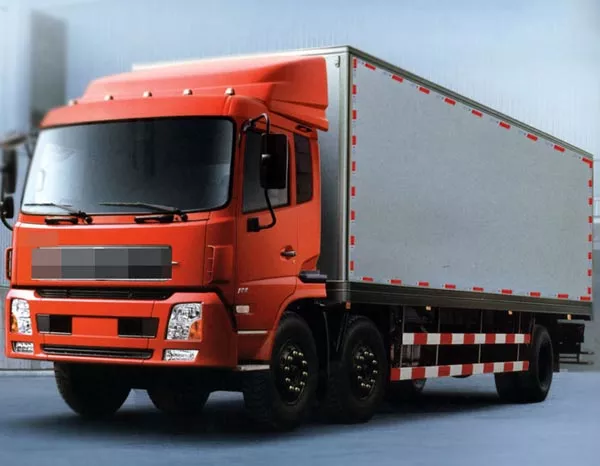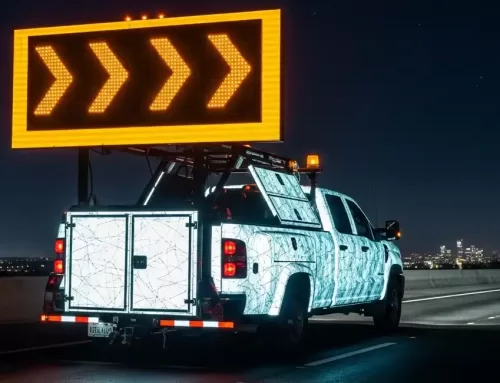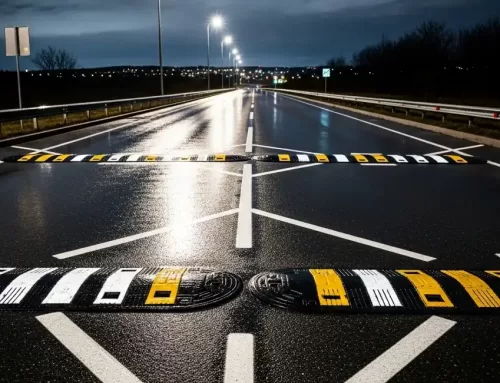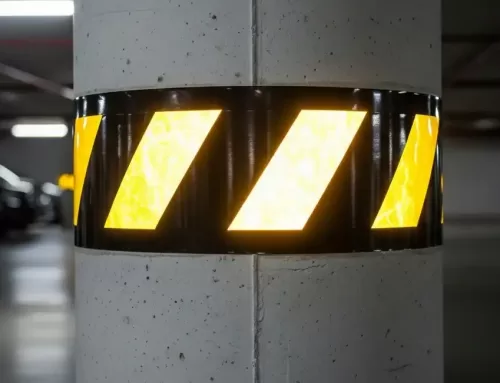Why Reflective Tape on Trailers

If you want to increase your trailer’s safety, you should install reflective tape. It should be applied to the lower rear section of the trailer. The tape should run horizontally, starting and ending as close to the end edges as possible. It should be positioned between 15 and 60 inches above the road surface.
Retro-reflective tape is a safety “hero”
Reflective safety tape is required by federal law to run along the sides and rear of a trailer. It’s a brilliant way to meet all of the federal safety standards and is easy to apply. To prevent the tape from coming off, use rubbing alcohol to wipe off any oils or waxes. Also, avoid paper towels, which can collect unwanted oils and leave paper dust.
There are many different types of reflective tape. Some are thicker than others. Some are coated with glass beads while others are made of vinyl sheeting. Some are better than others at reflecting light back into the driver’s eyes.
It improves visibility
Adding retro-reflective tape to trailers can increase their visibility. But this doesn’t mean that drivers can ignore other safety measures. Subpart B lamps and electrical wiring also play a key role in increasing trailer visibility. They must meet federal standards for visibility. And drivers must remember to clean the reflective tape off their trailers.
Reflective tape improves visibility by highlighting curves, slopes, and objects. It also improves driver and pedestrian visibility in areas with low visibility. Its bright color helps drivers and pedestrians gauge the speed and distance of the trailer.
It reduces accidents
The use of reflective tape on trailers has been proven to reduce crashes and injuries. According to the National Highway Traffic Safety Administration (NHTSA), 74 percent of trucks and trailers wore reflective tape in 1999, while only 28 percent were untreated. The study found that the tape was 41 percent effective in preventing nonfatal injuries in nighttime conditions. However, the number of cases included in the analysis is low, as only one state had more than 5,000 cases.
There is also evidence that the tape reduces rear impacts. Compared to side impacts, reflective tape was more effective in rainy or foggy conditions, and on flatbed trailers. But the effects decreased after a certain amount of dirt had accumulated on the tape. When the tape was clean, the study found that it reduced accidents by 53 percent. But when it was dirty, its effect declined by 27 percent.
It is easy to install
When putting reflective tape on a trailer, make sure you use reflective tape that meets the DOT’s stringent requirements. The tape should have an alternating pattern of red and white segments that span as many as 11 inches. The tape should also be installed in the correct places on the trailer.
Make sure the tape is clean and dry. If the trailer has recently been painted, avoid installing the reflective tape directly on top. Paint fumes can cause the adhesive to deteriorate. It is best to install the reflective tape after the paint has fully dried. Also, it’s best to apply firm pressure when installing reflective tape. You can use a rubber roller or plastic scraper blade to apply the pressure. Avoid using metal blades or other sharp objects because they can scratch the reflective tape.
It is economical
The first step in installing reflective tape on your trailer is to locate the best location. Reflective tape should be installed horizontally, starting and ending as near the edges as possible. Ideally, the tape should be placed 15 to 60 inches above the road surface. The tape should also be installed on the upper portion of the rear section of your trailer.
Reflective tape helps to increase trailer visibility during dark hours. Its bright colors reflect the headlights of other drivers and alert them to the presence of the trailer. In addition, the red-and-white alternating pattern helps other road users gauge the distance and rate of approach.
Summary
Reflective tape is an excellent tool to improve visibility. It is easily applied to the sides and rear of a trailer and meets all federal safety standards. While it is intended for use on commercial trucks, it also works well on other vehicles and smooth surfaces. Its prism-shaped surface is highly reflective and will increase visibility.





